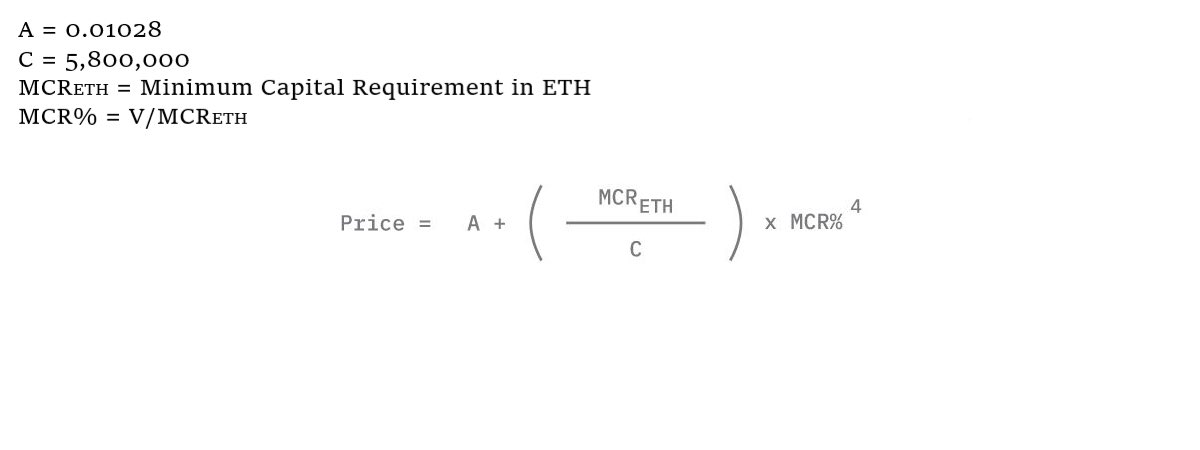
Happy Thursday, everyone!
Here are today’s @NexusMutual helpful threads!
I'm going with information about buying cover through the Mutual 🐢
Here are today’s @NexusMutual helpful threads!
I'm going with information about buying cover through the Mutual 🐢
When a member wants to purchase cover, they can choose cover for any of the 68 protocols’ smart contracts & 10 custodians: app.nexusmutual.io/cover
A member would click “Buy Cover” to get to the interface where the protocol or custodian is selected. (1/6)
A member would click “Buy Cover” to get to the interface where the protocol or custodian is selected. (1/6)
In the “Buy Cover” menu, you can see all of your options, which looks like the below. The “Yearly Cost” and “Capacity” for each platform. (2/6) 

Yearly Cost: the percentage of the cover amount you pay as a premium for a 1-yr period.
If you bought cover for 4 months, you would pay 0.87% of the cover amount as the premium for the cover.
Capacity: the amount of cover available on the platform in terms of ETH & DAI. (3/6)
If you bought cover for 4 months, you would pay 0.87% of the cover amount as the premium for the cover.
Capacity: the amount of cover available on the platform in terms of ETH & DAI. (3/6)
The member then selects the amount of cover in either ETH or DAI and the duration of cover. After they enter in their amount and duration info, they’ll be generated a quote. (4/6) 

After that process, you’ll proceed to payment and you’ll have cover for the amount and duration of your choosing!
When you purchase cover, 90% of the NXM used for the cover purchase is burned and 10% is reserved for the claims process should a loss occur. (5/6)
When you purchase cover, 90% of the NXM used for the cover purchase is burned and 10% is reserved for the claims process should a loss occur. (5/6)
Buying cover is an easy process for members and covers their assets in DeFi and in the possession of centralized custodians.
The next thread I’ll cover today will detail how to file a claim in the event of a loss. (6/6)
The next thread I’ll cover today will detail how to file a claim in the event of a loss. (6/6)
• • •
Missing some Tweet in this thread? You can try to
force a refresh




